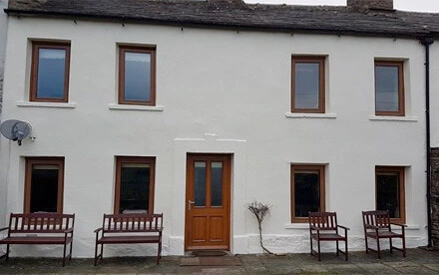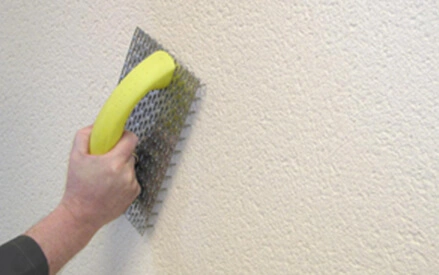Is Monocouche render weatherproof?
Over the years, buildings start to show signs of wear and tear. Render can be used to cover up visible damage such as cracks or holes, as well as any unattractive brickwork.
Whatever your reasons for considering rendering, one decision you’ll need to make is the type of render to apply. Renders available for residential homes and commercial buildings include:
- Cement renders: Highly durable render that provides additional support when applied. Stronger than lime render, it helps prevent water from penetrating through the exterior walls.
- Polymer renders: Typically pre-mixed in bags with cement or lime as a base. Polymers and plastic-based products are added to make the render less prone to cracking. Available in a range of colours, which eliminates the need for painting.
- Acrylic render: Often used as a finishing coat for previous renders. Mixtures typically contain aggregates to add more texture to exterior walls. The fibres prevent cracking and give a more durable finish.
Monocouche render is another type of render that more property owners are opting for. Here we’ll look at what monocouche render is and whether it is weatherproof.
What Is Monocouche Render?
Monocouche (French terms for ‘single’ and ‘layer’) renders are supplied in ready-mix bags and add decorative elements to exterior walls. They’re also available in a range of different colours, which saves on having to repaint every few years. New properties often opt for this type of rendering, as it doesn’t require a base coat and is less labour intensive.
Monocouche renders can be applied with a hand trowel or with a high-pressure machine to spray it on. The finished thickness of one coat should be about 15mm to protect the underlying substrate. Depending on weather conditions, the monocouche can take between 5 to 36 hours to dry.
The advantages of monocouche render over traditional sand and cement is that it is more flexible and less prone to cracking. It also comes premixed with your colour of choice so painting is not required. Monocouche renders are low maintenance but the downside is that material costs are higher.
Is Monocouche Render Waterproof?
The average annual precipitation for the entire UK is 133 days of rain or snow. So one of the most important characteristics of a render is its weatherproofing ability. Without it, your new coat of render will deteriorate at a much faster rate and you’ll need to think about reapplying again. Material costs are higher for monocouche render, but you’ll end up saving a great deal on labour and maintenance costs in the long run.
Monocouche render is completely waterproof and weatherproof. That means even if you live in areas that see a great deal of rainfall, the coat won’t crack and water won’t seep in through the walls. This makes monocouche render the perfect choice for new properties or anyone wanting to give their older home a more modern look.
To find out more about our monocouche rendering services or to request a quote for your project, contact us today.






